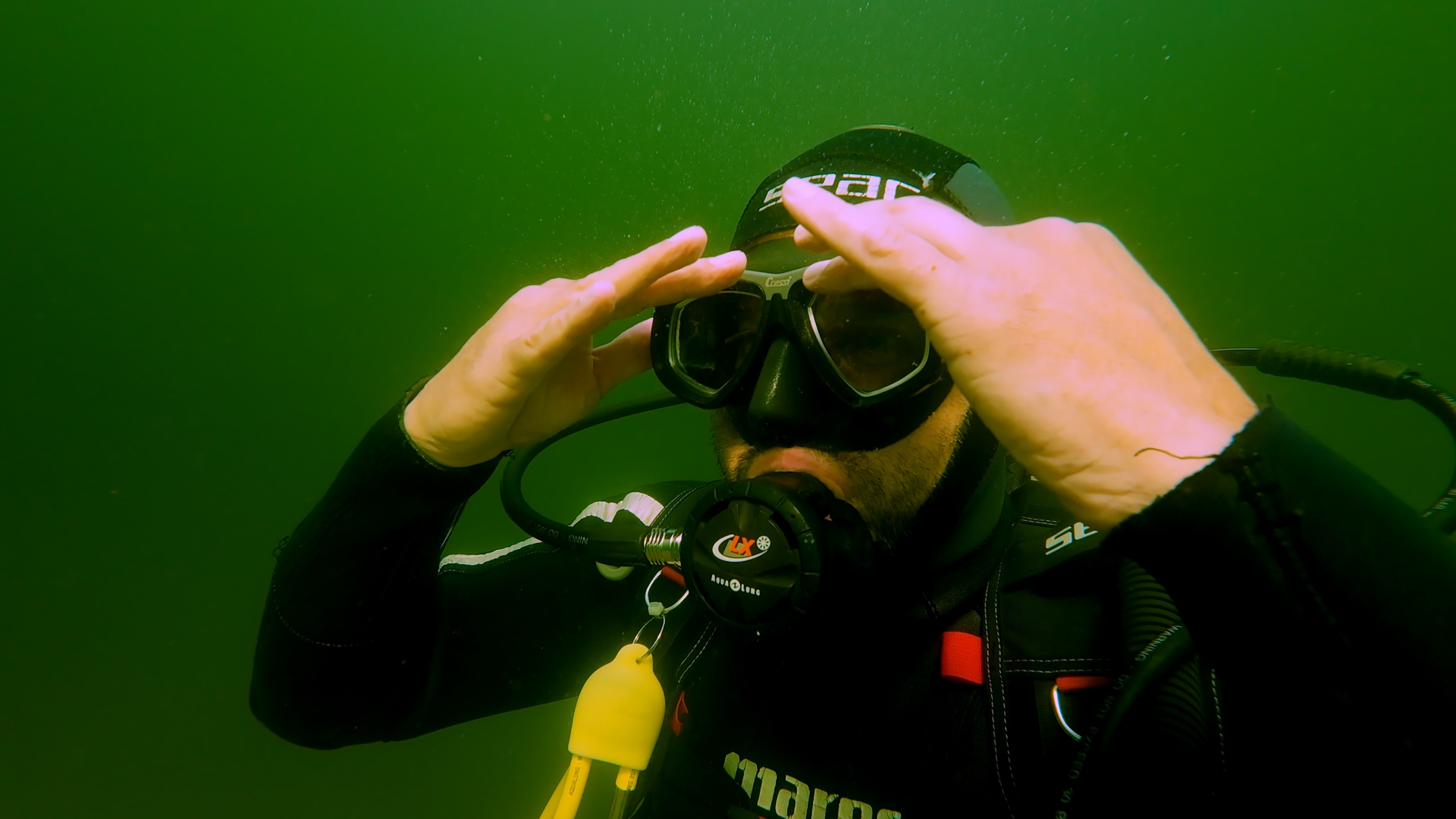The allure of the underwater world beckons adventurers, and for those with visual impairments, the choice between contact lenses and prescription masks becomes a pivotal decision in the realm of scuba diving. Both options aim to provide clear vision beneath the waves, yet each comes with its unique set of considerations. This article serves as a comprehensive exploration, comparing the merits, challenges, and practicalities of scuba diving with contact lenses versus opting for a prescription mask.
The Clarity Conundrum – Contact Lenses Underwater
Contact lenses have long been a popular choice for individuals seeking corrective vision without the encumbrance of glasses. When it comes to scuba diving, the choice of contact lenses opens up a world of possibilities. Soft contact lenses, recommended by ophthalmologists and optometrists, are the preferred option due to their flexibility and comfort. However, challenges arise as divers descend into the depths.
One notable concern is the potential for contact lenses to shift or dislodge during changes in pressure, leading to compromised vision and discomfort. The accumulation of inert gas between the cornea and the lens can result in symptoms such as eye pain and blurred vision. To mitigate these challenges, divers must choose their lenses wisely, opting for soft lenses and ensuring a secure fit within the eye.
The Visionary Alternative – Prescription Masks
Prescription masks offer a targeted solution for divers who prefer to leave their contact lenses behind. These masks are customized with the diver’s specific prescription, providing unparalleled clarity beneath the water’s surface. Unlike contact lenses, prescription masks eliminate concerns related to lens displacement and the potential for gas bubbles forming between the lens and the cornea.
One of the significant advantages of prescription masks is their simplicity. Divers can don their mask and be confident in the reliability of their vision without the need for additional eye care considerations. However, prescription masks come with their own set of considerations, such as proper fit, mask clearing techniques, and the potential for fogging.
The Dive Without Distraction – Comfort and Convenience
Comfort and convenience play pivotal roles in determining the efficacy of vision correction methods for scuba diving. Contact lenses offer the advantage of familiarity, as many individuals already use them in their daily lives. The lightweight nature of contact lenses ensures that divers can move freely without the added weight and bulk of prescription masks.
On the other hand, prescription masks provide a seamless solution, requiring no additional steps or considerations before a dive. The comfort of a well-fitted mask enhances the overall diving experience, allowing divers to focus on the mesmerizing underwater world rather than the nuances of lens care and maintenance. Ultimately, the choice between contact lenses and prescription masks hinges on individual preferences and the priority placed on comfort during a dive.
Managing Underwater Challenges – From Displacement to Fogging
Each vision correction method comes with its unique set of challenges when submerged. Contact lens wearers must contend with the potential for lenses to shift or dislodge during pressure changes. Blinking frequently and ensuring a snug-fitting mask can help mitigate these concerns, but proactive measures are crucial. Dry eyes, exacerbated by the underwater environment, can also pose challenges for contact lens wearers, necessitating the use of lubricating eye drops and saline solutions.
Prescription masks, while eliminating concerns related to lens displacement, face challenges such as mask fogging. Fogging occurs when temperature differentials between the inside and outside of the mask create condensation. Anti-fog solutions and proper pre-dive preparations can help mitigate this issue, ensuring uninterrupted visibility throughout the dive.
The Decision Matrix – Choosing the Right Option
The decision to use contact lenses or a prescription mask for scuba diving is a highly individual one, influenced by factors ranging from comfort preferences to practical considerations. Divers must weigh the benefits and challenges of each option against their own needs and preferences.
For those who value familiarity and are comfortable with the use of contact lenses, ensuring a proper fit and following recommended diving practices can lead to a seamless underwater experience. Soft lenses, prescribed by eye care professionals, remain the preferred choice, minimizing the risk of discomfort and vision issues associated with pressure changes.
Alternatively, divers seeking a hassle-free solution with minimal maintenance may find prescription masks to be the ideal choice. The customized clarity offered by these masks eliminates concerns related to lens displacement and provides a reliable vision correction method that requires no additional steps before or after a dive.
Conclusion
In the realm of scuba diving, the choice between contact lenses and prescription masks boils down to a nuanced consideration of personal preferences, comfort, and the desire for uninterrupted vision beneath the waves. Contact lenses offer familiarity and ease of use but demand meticulous care to prevent issues such as lens displacement and dry eyes. Prescription masks provide a tailored solution, ensuring clarity without the need for additional eye care measures but may face challenges such as fogging.
As technology advances, innovations in both contact lenses and prescription masks continue to enhance the options available to underwater enthusiasts. Ultimately, the decision rests with the diver, who must prioritize comfort, convenience, and the joy of exploring the mesmerizing depths with crystal-clear vision.
References
- Hargrave, A., Tennant, M., & Moodaley, L. (2000). Effect of hard and soft contact lenses on corneal thickness during overnight wear. Optometry and Vision Science, 77(4), 177-182.
- Gormsen, C., & Lund-Andersen, H. (1984). The effect of rigid contact lens wear on corneal oxygen uptake in aphakic human eyes. Investigative Ophthalmology & Visual Science, 25(6), 776-780.
- Smith, M. J., & Phillips, B. (2006). The effects of contact lens wear on dynamic visual acuity during vertical and torsional head movement. Optometry and Vision Science, 83(3), 158-162.

